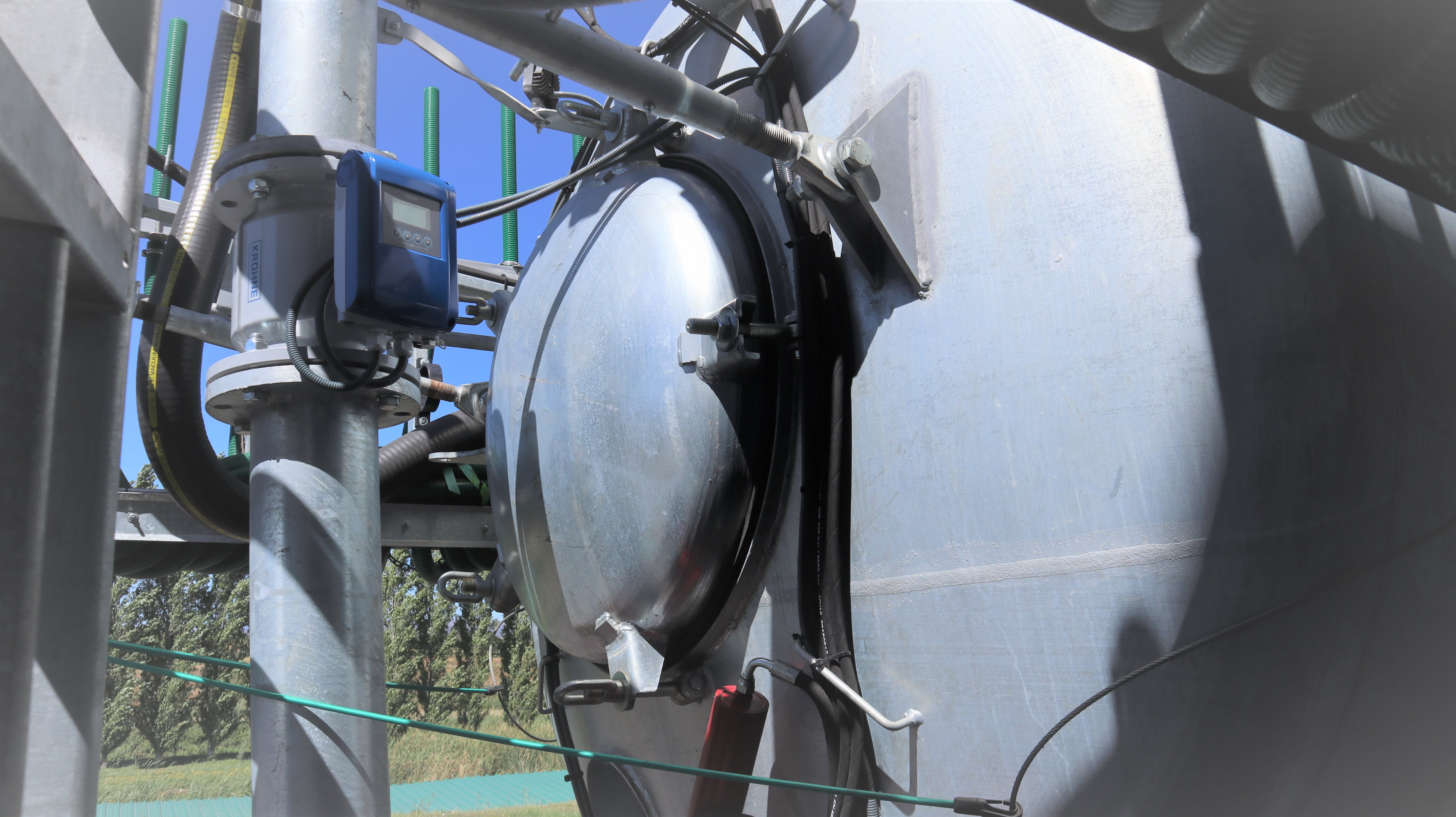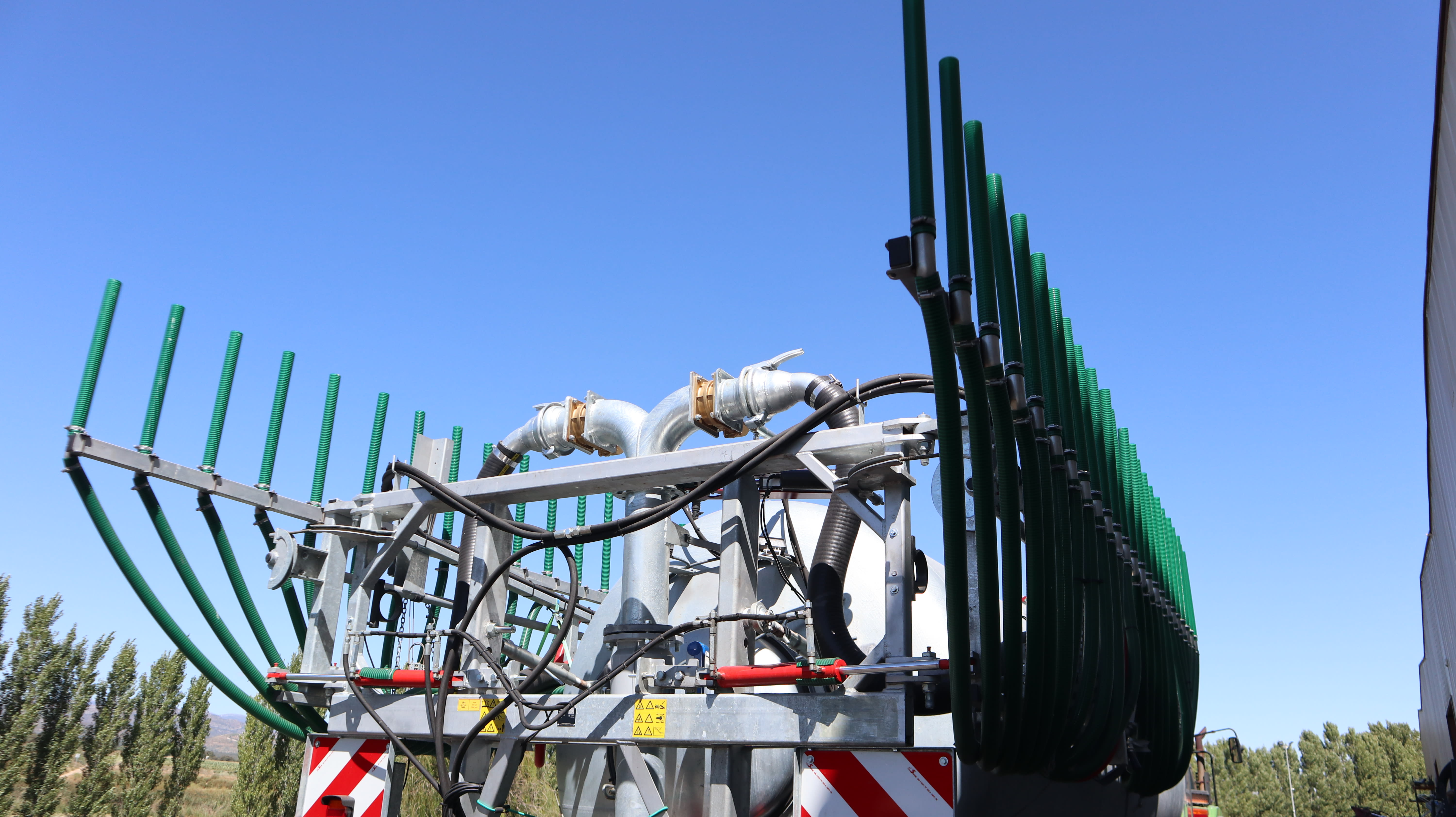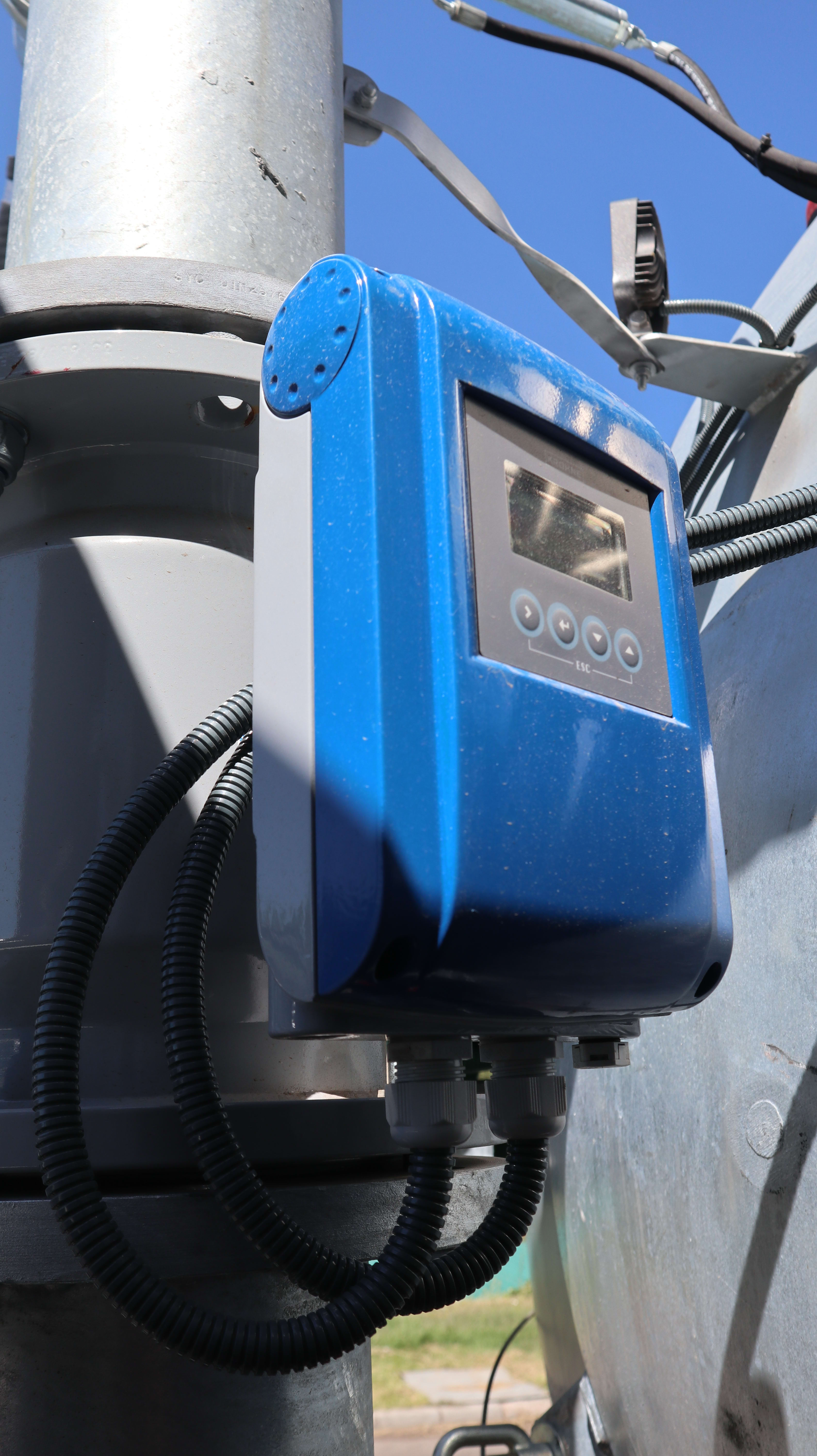Flow and level measurement on a liquid manure spreader
Application Report | Agriculture
- Effective nutrient management of liquid slurry in line with environmental regulations
- Process instrumentation for even distribution of fertilizer
- Prevention of nutrient loss and fertilizer run-off

Background
GILI GROUP, a leading Spanish manufacturer of agricultural machinery, produces among others fertilizer application equipment. This includes tank spreaders for manure irrigation. These liquid manure tanks are completely equipped with pumps, hose pipes and applicators for effective fertilizer spreading.
Measurement requirements
Organic fertilizers such as manure are readily available at farms, providing among others nitrogen needed for crop production. Excessively or improperly applied, however, these organic nutrient sources can cause nitrate pollution of soil and ground water, potentially harming drinking water sources. By the same token, ammonia (NH3) can be emitted if manure slurry is overtly exposed to sun and wind, effecting public health and the environment.
In compliance with EU environmental regulations, the Spanish Royal Decree 980/2017 therefore stipulates that fertilizer only be applied by certain spreader systems that allow farmers to meet limit values of nitrogen poured into the fields and to minimize the emission of ammonia and other harmful gases into the atmosphere. Farmers are required to control the amounts of slurry applied.
To help crop producers comply with these requirements and apply manure and water efficiently and uniformly, the equipment manufacturer started equipping their liquid manure spreaders with process instrumentation.
KROHNE Solution
The agriculture equipment manufacturer has fitted their tank spreaders with the OPTIFLUX 2100 electromagnetic flowmeter and the OPTIFLEX 1100 guided radar (TDR) level transmitter for manure monitoring. Both measuring devices feature a cost-effective yet rugged and reliable solution and have boasted a track record in manure applications for many years.
The OPTIFLUX 2100 features wear-resistant rubber liner material providing sufficient chemical resistance to the manure slurry. It was installed with flanges (DN150) into the piping that connects the tank with the hose pipes of the applicator. The flow rate of manure applied to the fields is continuously measured. The readings are transmitted to a PLC system in the tractor. In this way, the flow rate serves as a control variable to manage manure application automatically via a dosing system. Using an integrated GPS speed meter with the PLC system, manure spreading is controlled according to the speed of the vehicle. As an additional control parameter, the cost-effective OPTIFLEX 1100 level transmitter was mounted on top of the tank to watch the level of manure still available.
Customer benefits
Reliable flow measurement with the OPTIFLUX 2100 enables the use of nutrients in the most economical way and facilitates recording of the applied manure quantities. In this way, the KROHNE flowmeter contributes to efficient fertilizer management in accordance with regulations. Crop producers are enabled to match nitrogen applications to crop uptake. This is achieved by applying only those amounts of manure that are necessary to meet the crop yield goal. Nutrient loss with surface run-off and nitrate leaching of grounds is prevented. This in turn leads to a reduced amount of ammonia emissions and water pollution.
The cost-effective OPTIFLEX 1100 level transmitter ensures that manure supply is watched all the time, preventing tank dry-run and unplanned process interruption. As a main instrumentation vendor, KROHNE could also have supplied a sensor for inductive conductivity if requested. This measurement value allows additional information about the slurry nitrogen content in the tank.








